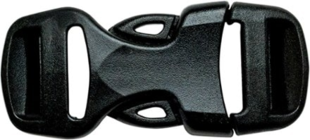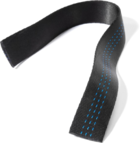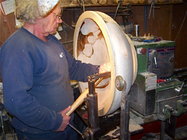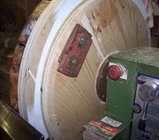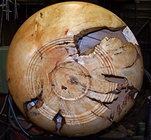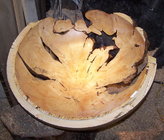As I'm not a "bowl guy", I'm a bit uncertain how to go about completing the attached - it started as a hollow-form but had rot areas in the top.
I don't think the filament tape will suffice - while it might contain a break-up, don't think it will prevent it.
My thinking is to cut a 2" wide 18mm baltic-birch collar and use G-Flex epoxy to glue it maybe 2" behind the rim - to cut the collar off, insert the disc from the baltic-birch, use filament tape on the rim, and hope for the best.
I think this one is worth salvaging - the next cuts should reveal the deep reds and blacks of mesquite.
Like Nik Wallenda said: "it's that next step..."
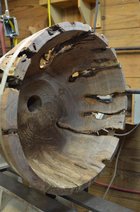
I don't think the filament tape will suffice - while it might contain a break-up, don't think it will prevent it.
My thinking is to cut a 2" wide 18mm baltic-birch collar and use G-Flex epoxy to glue it maybe 2" behind the rim - to cut the collar off, insert the disc from the baltic-birch, use filament tape on the rim, and hope for the best.
I think this one is worth salvaging - the next cuts should reveal the deep reds and blacks of mesquite.
Like Nik Wallenda said: "it's that next step..."


